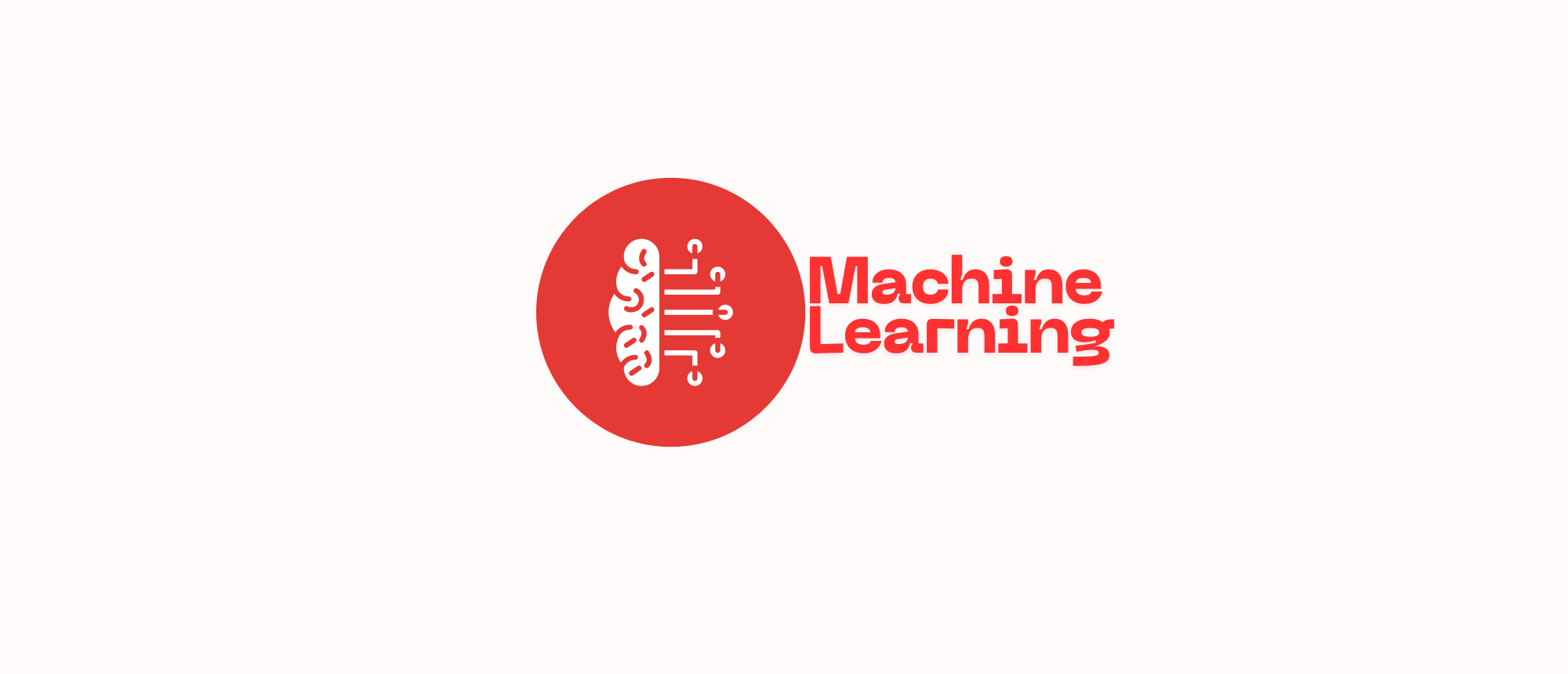This comprehensive guide brings together a curated set of machine learning interview questions and answers to help you excel in technical evaluations. From core ML fundamentals and popular algorithms to advanced deep learning concepts, it delivers clear explanations, real-world examples, and expert tips for mastering interviews. Perfect for students, job seekers, and professionals, this resource will strengthen your concepts, enhance problem-solving abilities, and boost your confidence to tackle any ML interview successfully.
Basics of Machine Learning
1.What is Machine Learning?
Machine Learning (ML) is a branch of Artificial Intelligence where systems automatically learn patterns from data and improve performance over time without being explicitly programmed.
2.Types of Machine Learning?
Supervised Learning Trains on labeled data (e.g., predicting house prices).
Unsupervised Learning Works on unlabeled data to find hidden patterns (e.g., clustering customers).
Reinforcement Learning Learns by interacting with an environment through trial-and-error, receiving rewards or penalties.
3.Supervised vs. Unsupervised Learning?
Supervised: Training data contains known output labels.
Unsupervised: No output labels; the model identifies patterns on its own.
4.What is overfitting?
Overfitting occurs when a model learns noise along with actual patterns, performing well on training data but poorly on unseen data.
5.How to Prevent Overfitting?
Apply regularization (L1, L2).
Use cross-validation.
Reduce model complexity.
Gather more training data.
Apply dropout in neural networks.
Core Concepts
6.Regression vs. Classification?
Regression: Predicts continuous values (e.g., temperature prediction).
Classification: Predicts categories (e.g., spam detection).
7.Bias-Variance Tradeoff?
Bias: Error from overly simple models (underfitting).
Variance: Error from overly complex models (overfitting).
Goal: Find an optimal balance to improve generalization.
8.Cross-Validation?
A technique to test model generalization by repeatedly splitting data into training and test sets (e.g., k-fold cross-validation).
9.Gradient Descent?
An optimization algorithm that updates model parameters by moving in the direction of the negative gradient to minimize the cost function.
10Feature Scaling?
The process of normalizing data (e.g., min-max scaling, standardization) so that large-value features don’t dominate model training.
Algorithms & Techniques
11.opular Supervised Learning Algorithms?
Linear Regression
Logistic Regression
Decision Trees
Random Forest
Support Vector Machines (SVM)
Gradient Boosting (XGBoost, LightGBM)
Neural Networks
12.Popular Unsupervised Learning Algorithms?
K-Means Clustering
DBSCAN
PCA (Principal Component Analysis)
t-SNE
Autoencoders
13.Bagging vs. Boosting?
Bagging: Trains models in parallel to reduce variance (e.g., Random Forest).
Boosting: Trains models sequentially, focusing on correcting previous errors (e.g., XGBoost).
14.Principal Component Analysis (PCA)?
A dimensionality reduction method that transforms features into new variables (principal components) capturing maximum variance.
15.Batch Gradient Descent vs. Stochastic Gradient Descent (SGD)?
Batch: Uses the entire dataset for each update (stable but slower).
SGD: Updates after each sample (faster but noisier).
Deep Learning
16.What is a neural network?
A model inspired by the human brain, composed of layers of interconnected neurons that process and transform input data.
17.CNN vs. RNN?
CNN: Ideal for spatial data like images.
RNN: Ideal for sequential data like text or time series.
18.Dropout in Neural Networks?
A regularization technique where random neurons are deactivated during training to prevent overfitting.
19.Activation Functions?
Non-linear functions that allow neural networks to model complex patterns (e.g., ReLU, Sigmoid, Tanh).
20.Backpropagation?
A training algorithm that calculates gradients and updates weights by propagating errors backward.
E. Advanced & Practical
21.Transfer Learning?
Leveraging a pre-trained model on a new but related task to save time and improve accuracy.
22.Confusion Matrix?
A table comparing predicted and actual classifications, containing True Positives (TP), False Positives (FP), True Negatives (TN), and False Negatives (FN).
23.Precision, Recall, and F1 Score?
Precision = TP / (TP + FP)
Recall = TP / (TP + FN)
F1 Score = Harmonic mean of precision & recall.
24.ROC and AUC?
ROC Curve: Plots True Positive Rate (TPR) vs. False Positive Rate (FPR).
AUC: Measures the area under the ROC curve; higher is better.
25.Hyperparameter Tuning?
Finding the optimal set of hyperparameters using methods like grid search, random search, or Bayesian optimization.



